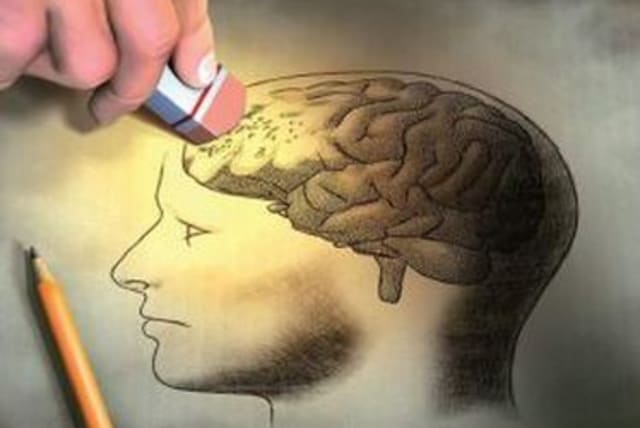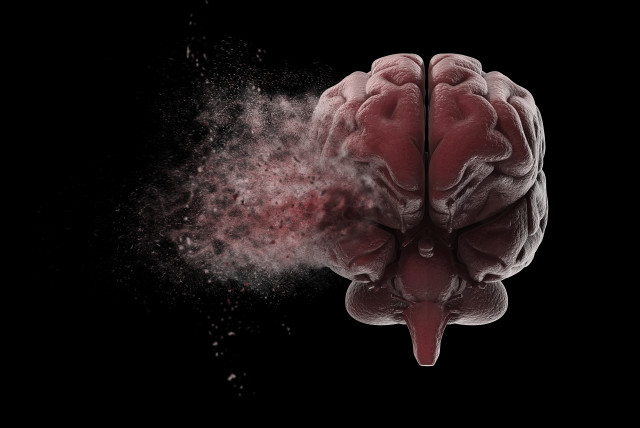This headband can help detect early signs of Alzheimer's disease - study

The headband can be worn at home, without the need to go to an institutional sleep lab, and the technique may make possible the use of inexpensive, wearable EEGs for monitoring brain health.
A digital biomarker that detects signs of Alzheimer’s disease (AD) in brainwave patterns using a simple “wearable” headband at night – many years before dementia symptoms appear – is in the final stages of development at the University of Colorado (UC) Anschutz Medical Campus and Washington University in St. Louis.
The device uses electroencephalography (EEG) that can be recorded from simple headband devices to detect brain wave patterns related to memory reactivation in sleep that are part of a system processing memories in deep sleep. The headband can be worn at home, without the need to go to an institutional sleep lab, and the technique may make possible the use of inexpensive, wearable EEGs for monitoring brain health.
The new study has just been published today in Alzheimer's & Dementia: The Journal of the Alzheimer's Association under the title “Mapping sleep's oscillatory events as a biomarker of Alzheimer's disease.” The device identifies a relationship between EEG readings and levels of specific molecular changes indicative of pre-symptomatic AD.
How can a headband detect early signs of Alzheimer's?
“This digital biomarker essentially enables any simple EEG headband device to be used as a fitness tracker for brain health,” said neurology Prof. Brice McConnell at UC and a senior author of the study. “Demonstrating how we can assess digital biomarkers for early indications of disease using accessible and scalable headband devices in a home setting is a huge advancement in catching and mitigating AD at the earliest stages.”
In the largest study of its kind to date, researchers analyzed data from 205 aging adults, identifying measurable problems with memory reactivation in association with levels of proteins such as amyloid and tau that build up in this leading cause of dementia.
“What we found is these abnormal levels of proteins are related to sleep memory reactivations that we could identify in people’s brainwave patterns before they experienced any symptoms,” McConnell added. “Identifying these early biomarkers for Alzheimer’s disease in asymptomatic adults can help patients develop preventative or mitigation strategies before the disease advances.”
The team said this is an exciting step towards using wearables as digital biomarkers for disease detection. “We are just scratching the surface with this work, paving the way for affordable and easy-to-use devices to monitor brain health,” McConnell concluded. “This is proof of principle that brain waves during sleep can be turned into a digital biomarker, and our next steps involve perfecting the process.”
Jerusalem Post Store
`; document.getElementById("linkPremium").innerHTML = cont; var divWithLink = document.getElementById("premium-link"); if (divWithLink !== null && divWithLink !== 'undefined') { divWithLink.style.border = "solid 1px #cb0f3e"; divWithLink.style.textAlign = "center"; divWithLink.style.marginBottom = "15px"; divWithLink.style.marginTop = "15px"; divWithLink.style.width = "100%"; divWithLink.style.backgroundColor = "#122952"; divWithLink.style.color = "#ffffff"; divWithLink.style.lineHeight = "1.5"; } } (function (v, i) { });

